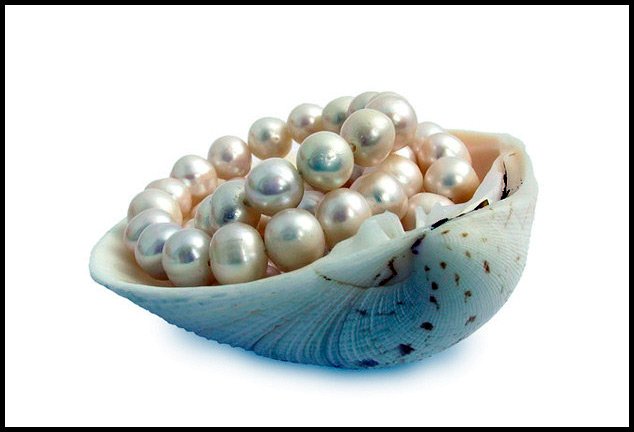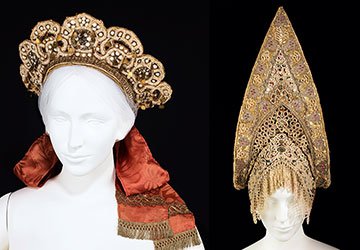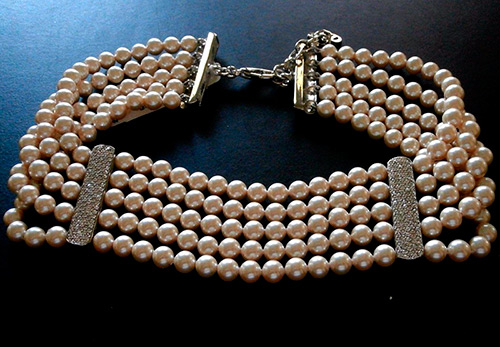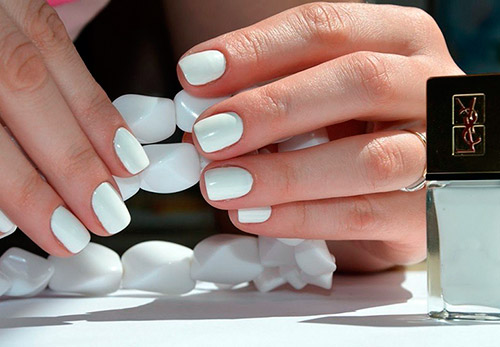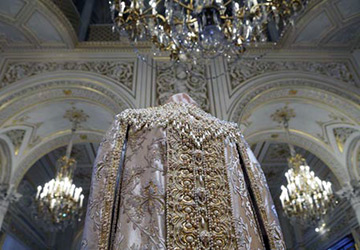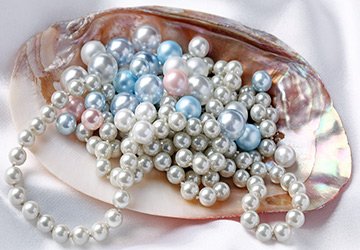Jewelry
Pearl King Kokichi Mikimoto
This name is known not only in Japan, but all over the world. For all jewelry lovers, his name is associated with the highest quality pearls. Until the beginning of the twentieth century natural pearls, or oriental pearls, even exceeded the value of diamonds. Now, when they have mastered the method of artificial cultivation of pearls, it is hard to believe in it.
As you know, the mollusk, reacting to foreign particles that accidentally got into its shell, envelops them with a substance - mother of pearl. This is how a pearl is formed. Its beautiful shine is due to the refraction of light rays in layers of mother-of-pearl. Jewelers believe that the best natural pearls are those from the Persian Gulf, where mining began at least 2,000 years ago. In fact, it is mined in all the southern seas.
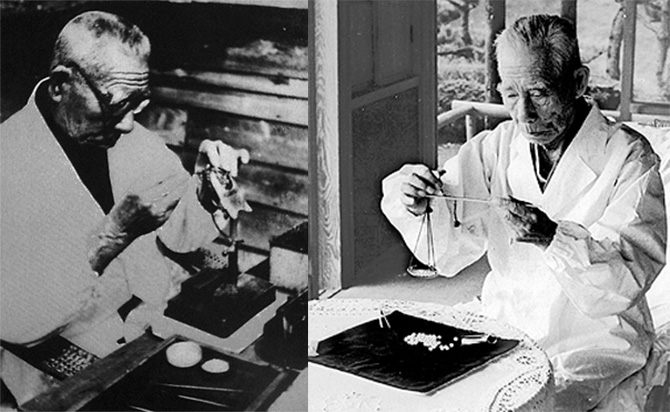
Cultured pearls are formed in the same way as natural pearls, with only a little human intervention. This unique cultivation method was developed in Japan, although this ingenious method has been known in China since the 13th century. And Kokichi Mikimoto was one of the first to study this case ...
And it all started quite prosaically. Kokichi was from a poor family, his father owned a small tavern, where the main dish was handmade noodles. Little Kokichi was assigned to a school in which he studied for a short time. The family was poor, so Kokichi soon had to leave the teaching and start helping the family. He began to sell noodles at a parcel, and then got a job as a seller in a grocery store. So days passed ...
When Kokichi started a family, at first he continued the same activity - trading in noodles and vegetables. But incomes did not grow, things were going really badly. Then, after consulting with his wife, he bought a small farm for the cultivation and sale of edible oysters with the money from her dowry. Usually oysters were harvested on the seashore, but those who had at least some opportunities were raised in cages. This is what Kokichi did. But here, too, everything turned out to be not easy, things were going with varying degrees of success. Once, having gone to Ueno, where Mikimoto had brought his oysters for sale, he accidentally met with a professor at the University of Tokyo, a famous specialist in marine biology.
After talking on a topic close to them, the professor advised Kokichi to sell oysters not only for gourmets, but also to master pearl cultivation, since Mikimoto himself had exactly those oysters with which this business could start. The Chinese have been doing this for a long time, although they did not grow sea pearls, but river pearls, but they did not have the quality and beauty that were required in the market.
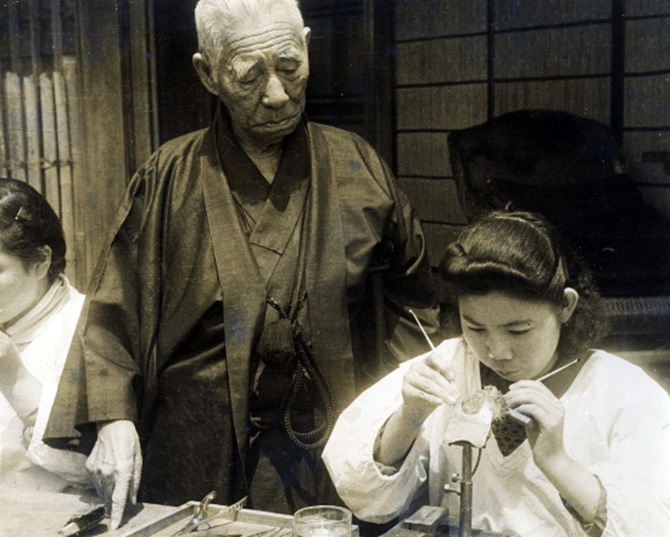
Mikimoto used oysters from the Akoya variety, tried different modes of keeping them, introduced different sized grains of sand into the body of the mollusk, and looked for the optimal place for the introduction of a grain of sand. Days after days, months passed, and suddenly, Shimmei Bay was flooded, plankton died out, and oysters began to die behind it. Something Kokichi managed to save, but a lot had to start anew.
And somehow, opening another shell for inspection, Kokichi found a pearl in it. It was a victory. From that moment on, Mikimoto got down to business with even greater zeal. Despite the fact that then his financial resources were in the most deplorable state, and his wife, who was his faithful assistant and friend, suddenly died, Kokichi Mikimoto persistently continued to act. In 1896 he filed a patent for his pearl growing method.
And in 1905, Mikimoto found among the grown shells a fairly large round pearl of pale pink color. The experiments ended in victory, and now Mikimoto began to transfer his pearl growing technology to mass production.Soon he opened his own store, in which pearls of unique beauty grown on his farm adorned necklaces, bracelets, pendants, earrings.
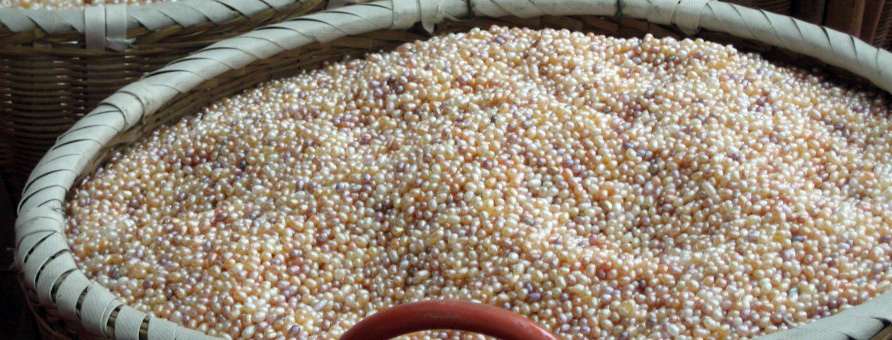
It turned out that Mikimoto's pearl treasures were in no way inferior in quality to samples from India, Arabia, Ceylon. Mikimoto has achieved extraordinary results. Now, the very pearls, which until now seemed so rare and unattainable, which were obtained by the dangerous labor of divers - here it is in his hands.
Is it that simple? No, it may seem so only to those who have absolutely no idea how much work such an impressive result was achieved. After all, even now, when the experiments are completed and it remains to harvest only the pearl harvest, however, even now only half of the clam shells operated by Mikimoto specialists produced products, and among them only 5% of the pearls were of the highest quality. Therefore, a huge harvest was possible with the expansion of the scale of production. Near Touboi's hometown, where Mikimoto was once a boy, he bought plots of land for new farms.
On the island of Ojima, where his first farm was located, a complex was built, which included a production for growing shellfish, demonstration rooms, sorting shops, shops.
The stores sold not only lovely pearl jewelry, but also individual pearls that you could buy in any quantity and make your own jewelry of your own design. There was also a restaurant and various water shows. From pearls, like from a children's designer, Mikimoto began to collect items - copies of temples and famous monuments, birds, butterflies, Buddha statues and much more. These were extraordinarily beautiful pearl products made of fine and high quality pearls. Nice "knick-knacks" were very expensive.
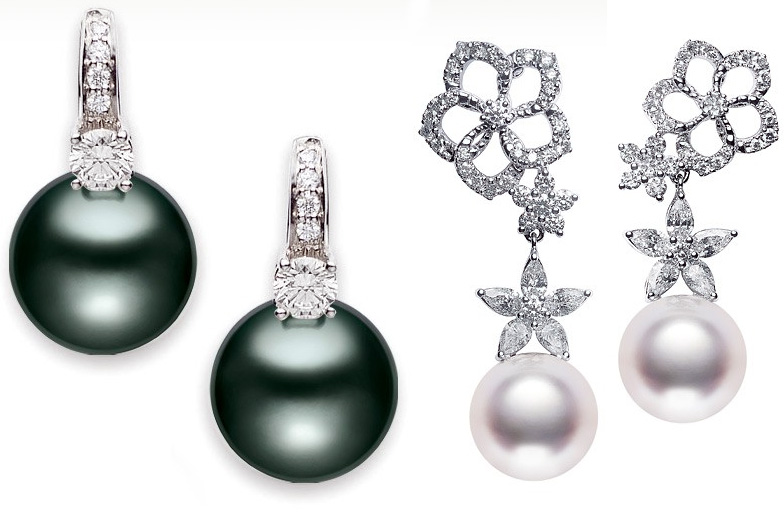
Photo of pearl jewelry from the site - www.mikimoto.ru.com

Mikimoto, who once started out as a noodle trade, has become one of the richest men in the country. He used a lot of funds to improve the entire area, where he built his huge house on the seashore, called Shinjukaku, or the Palace of Long Life. The name was perceived by ear as the Pearl Palace. Mikimoto laid railway lines and highways along which tourists came to his Pearl Island, and planted cherry, maple and camphor trees.
Both the road and the island at any time delighted people with the beauty of the landscape. And he himself also worked for a long time at his microscope, and sometimes, in his free time, he liked to sit among the grown trees, pensively looking into the sea distance. What was he thinking? Maybe about how difficult his life began, or about the fact that everything acquired and created is a matter of the greatest and persistent work, or maybe about the fact that everything in this world is perishable, and earthly life is an instant, and eternity is about they just don’t think about it while you’re young ...
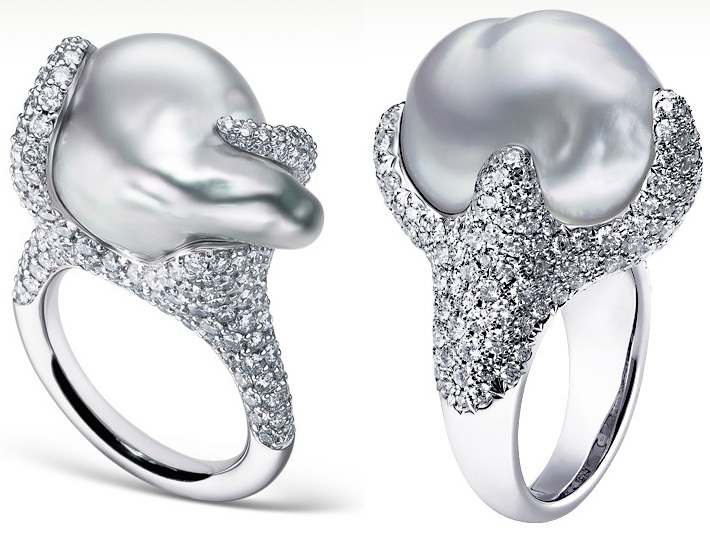
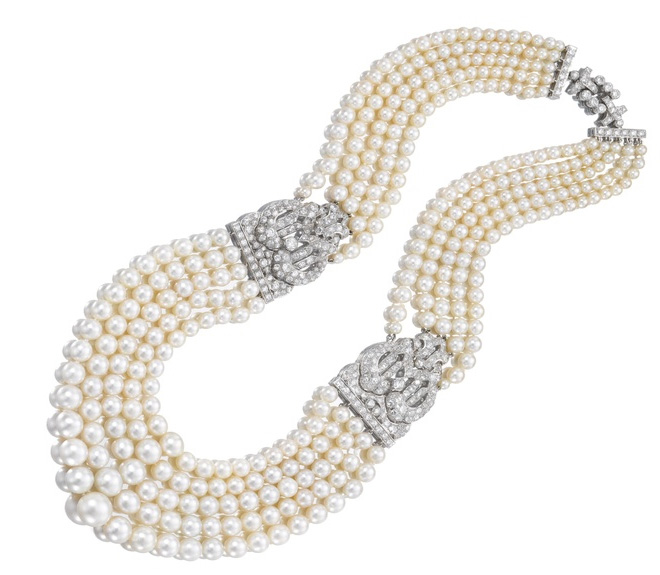
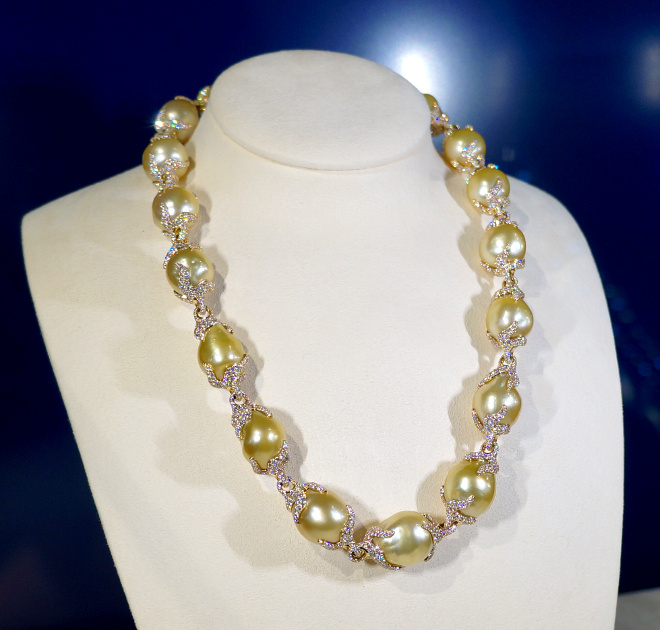
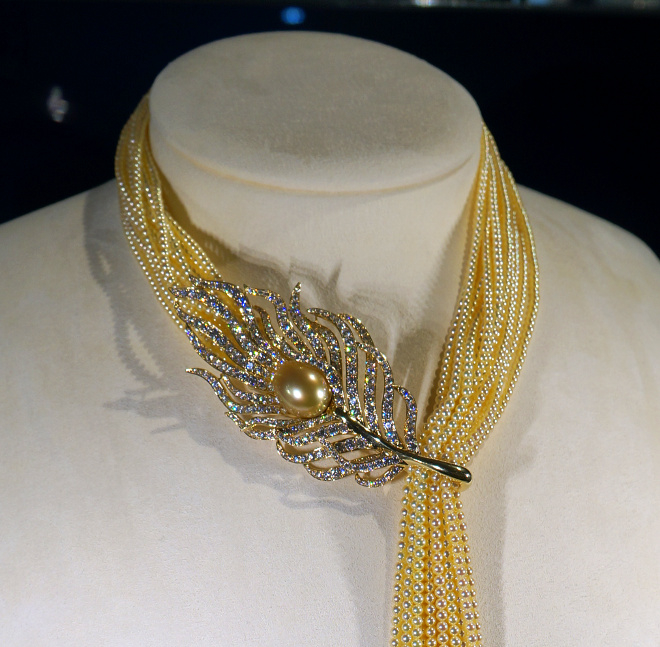
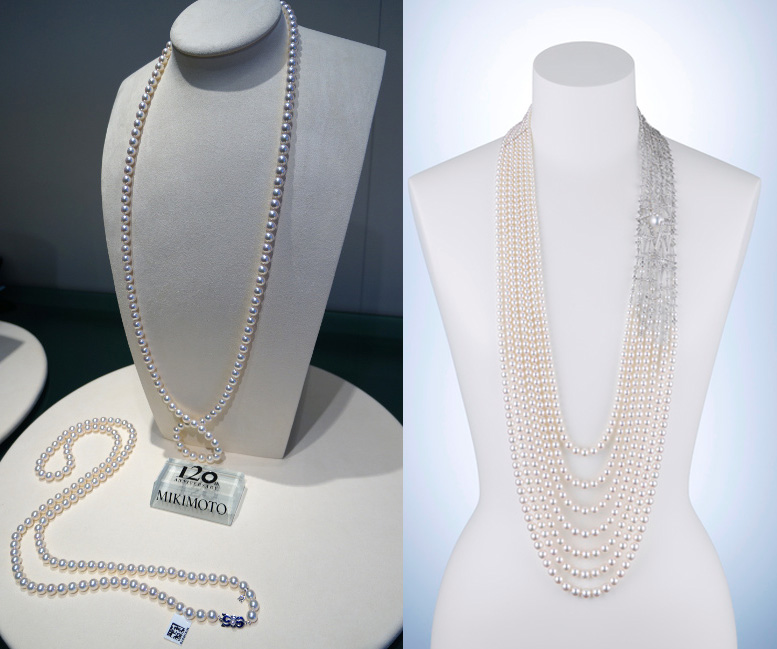
Comments and Reviews
Add a comment
Rating news
Shades of clothing that make women look younger
What shades of hair make women younger: rules and photos
Funny wedding dresses - photos and ideas
12 most expensive down jackets for the winter
How to look 25 at 40: tips from supermodels
Beautiful schoolgirls
Anti-aging haircuts and hairstyles for women
Fashionable skirts for autumn and winter
Fashionable women's trousers for the cold season
Fashionable and stylish sandals for summer 2024
Spring-summer 2024
 Fashionable dresses and tops with thin spaghetti straps
Fashionable dresses and tops with thin spaghetti straps
 Bandana tops: how to wear stylishly and beautifully
Bandana tops: how to wear stylishly and beautifully
 How to put together the perfect men's wardrobe for the summer
How to put together the perfect men's wardrobe for the summer
 Fashionable shorts for spring-summer 2024
Fashionable shorts for spring-summer 2024
 Fashionable skirts for spring-summer 2024: a guide to online shopping
Fashionable skirts for spring-summer 2024: a guide to online shopping
 The most fashionable dresses spring-summer 2024: styles and colors
The most fashionable dresses spring-summer 2024: styles and colors
 Fashionable total look 2024: ideas of images and trends
Fashionable total look 2024: ideas of images and trends
